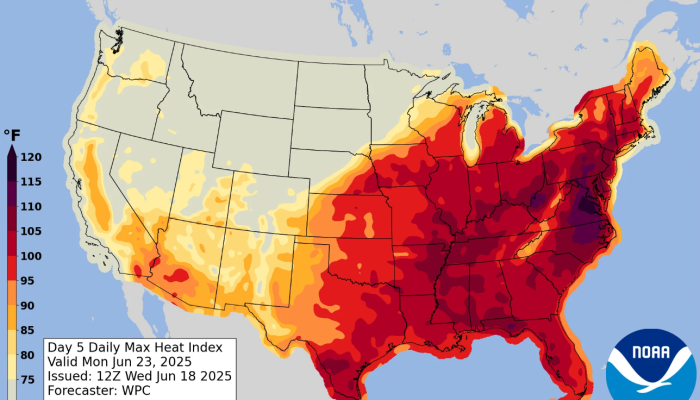Natural gas emergencies take many shapes: suppliers may be ill-equipped to keep up with a sudden surge in gas demand during a cold spell; a cyberattack on critical infrastructure can shut down a pipeline; an accidental gas leak can trigger a pipeline explosion. In Pennsylvania, where more than half of households use natural gas as a primary heating source, creating a plan to prevent and prepare for worst case scenarios is essential to building a more resilient community.
The voluntary natural gas curtailment program
The Energy Office has laid out proactive and responsive measures to not only prevent a natural gas emergency, but also better manage the emergency response when they inevitably occur. When natural gas suppliers can’t meet demand, one of nearly 20 City-owned buildings will immediately switch to using an alternate heating source, allowing suppliers to prioritize fueling other buildings and residences. These buildings, which includes City Hall, participate in the voluntary natural gas curtailment program, which means they have back-up heating sources such as oil. And there’s a financial perk to participating in the voluntary curtailment program: these buildings run on a discounted gas rate, saving on average $4.5 million each year.
Communicating during an emergency
In 2021, the Energy Office partnered with the Office of Emergency Management to improve communication during a crisis. Together, they set up an emergency communication system for natural gas events, using email and text alerts to notify building managers to switch to another fuel source, and to send and receive status updates throughout. Using the same system, the Energy Office can also coordinate annual fuel tests, ensuring that all back-up heating systems are sufficient and in working order before the winter chill descends upon the city.
The reality is that our energy systems will continue to face a host of threats, from climate change-driven severe weather events to pandemic-related supply chain issues and ongoing geopolitical strife. In addition to preparing for emergencies, the City of Philadelphia is proactively working on building a more resilient system that relies less on fossil fuels including natural gas. The City aims to cut its built environment energy use by 20%, lower greenhouse gas emissions by 50%, and generate or purchase 100% of electricity from renewable energy sources – all by 2030.




